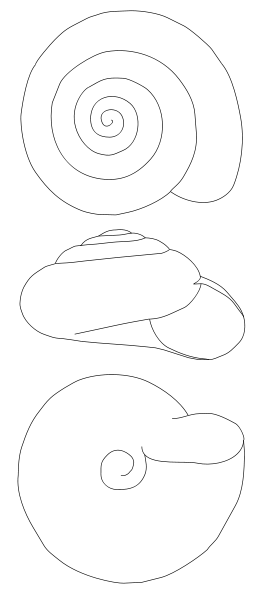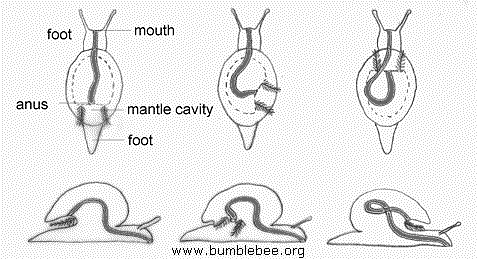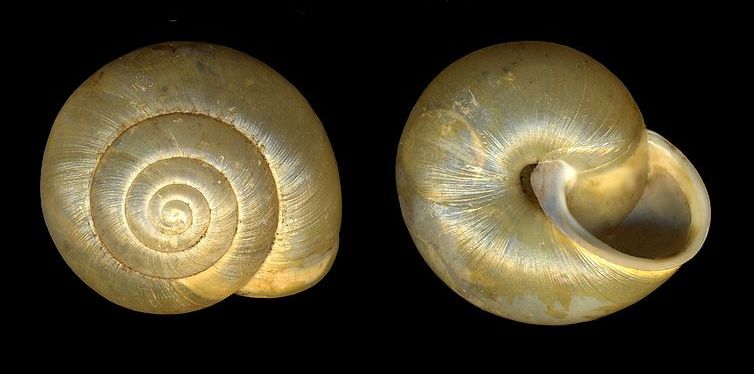Adaptation

Gastropods have undergone many
adaptations to increase their fitness and
chance of survival. Since their soft inside is preyed on by many other
organisms, adaptations were necessary to
 ,
2012). The radula allows the snail to grind and rasp down food in order
to digest it. Since snails mainly resort to grinding on rocks to get
proper amounts of calcium for their shell, a tough organ is helpful to
grind down the rock.
,
2012). The radula allows the snail to grind and rasp down food in order
to digest it. Since snails mainly resort to grinding on rocks to get
proper amounts of calcium for their shell, a tough organ is helpful to
grind down the rock.
Terrestrial snails have also developed a more advanced sensory
system through adaptations. Gastropods have a specialized
nervous system consisting of nerve cords connecting numerous pairs of
ganglia (Gillis,
2012). Terrestrial gastropods have also adapted to developing eye
sensory organs on the ends of their two tentacles (Animal
planet, 2008). The eyes are capable of moving up and down as well as
side to side in order to view its surroundings (Animal
planet, 2008).
As well, terrestrial land snails, like Patera clenchi, have
developed lungs for breathing. The walls of the mantle cavity have
developed an air sac referred to as a lung (Bioexpedition,
2012). The highly vascularized mantle cavity expands and
contracts for gas exchange.
Continue here to learn about
how Patera clenchi get their
nutrition!
Go
Home
